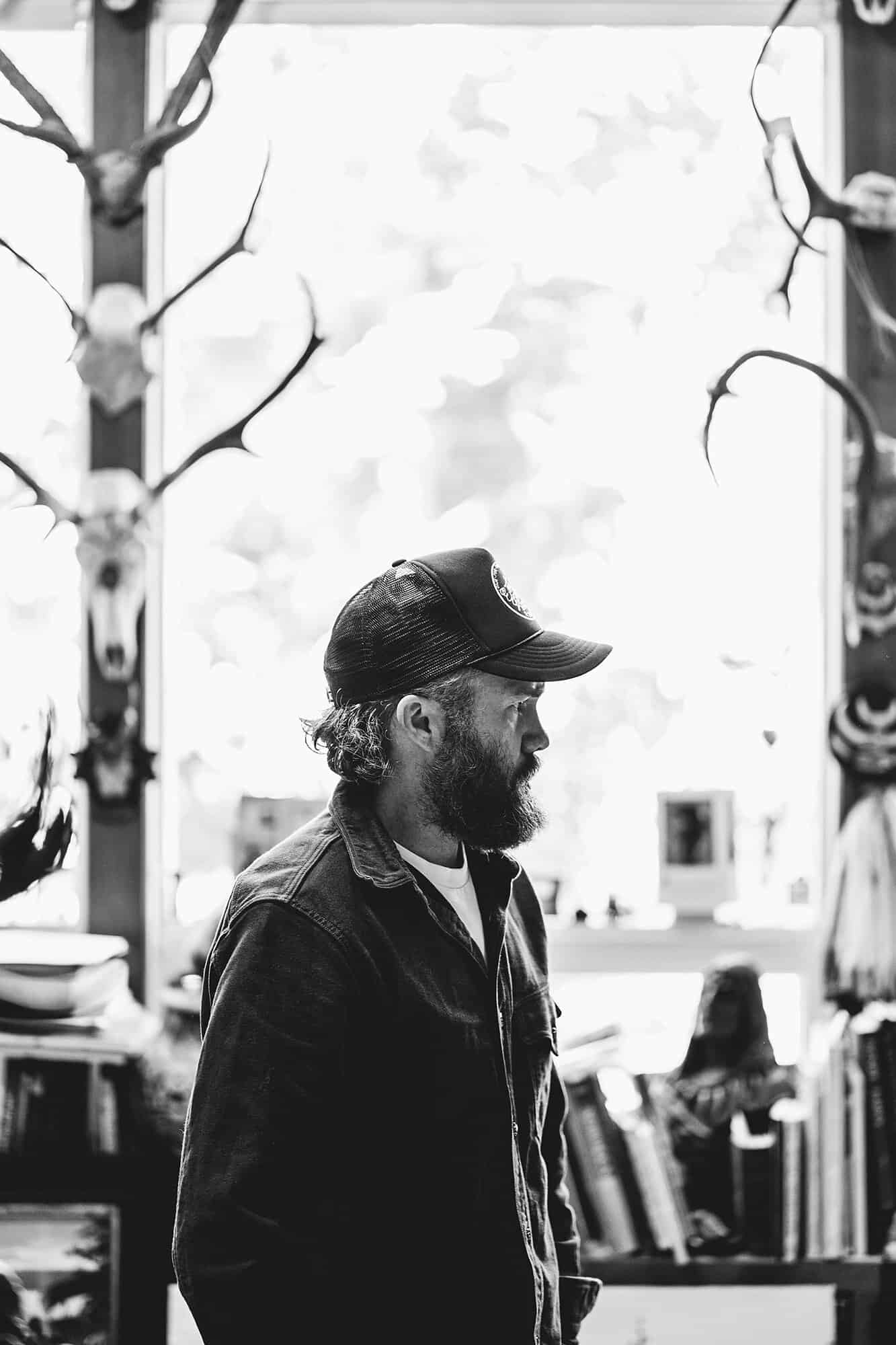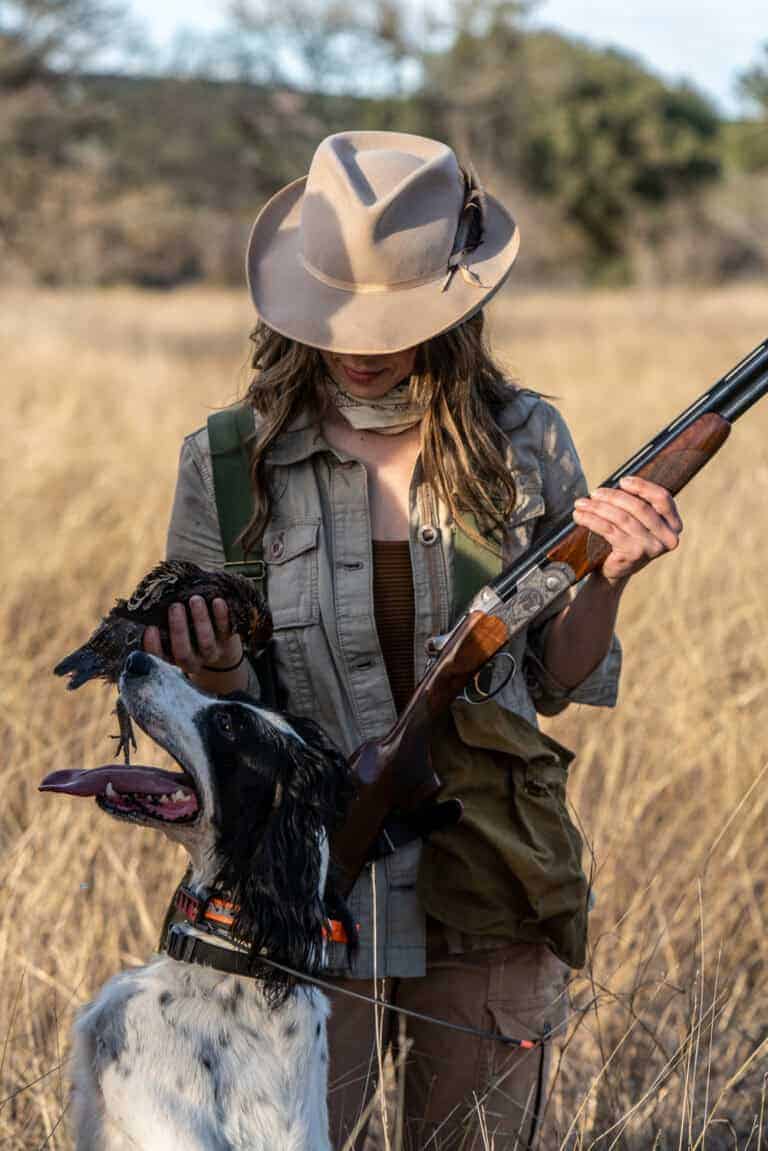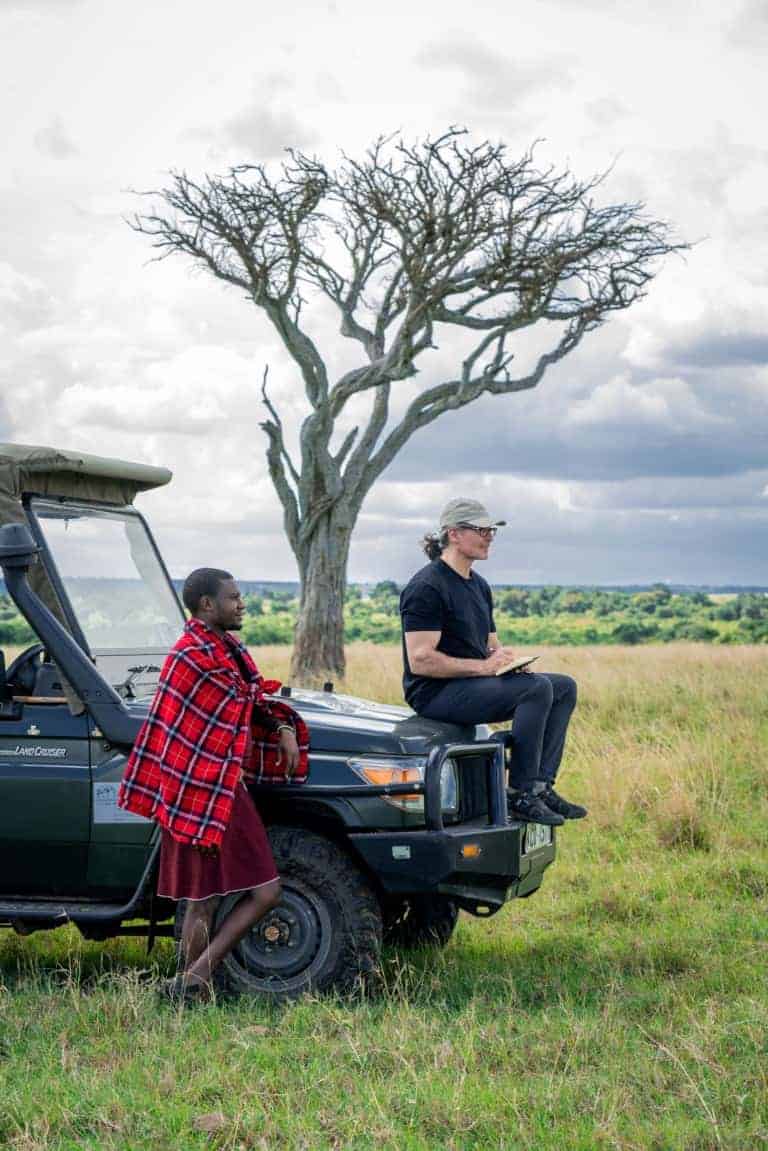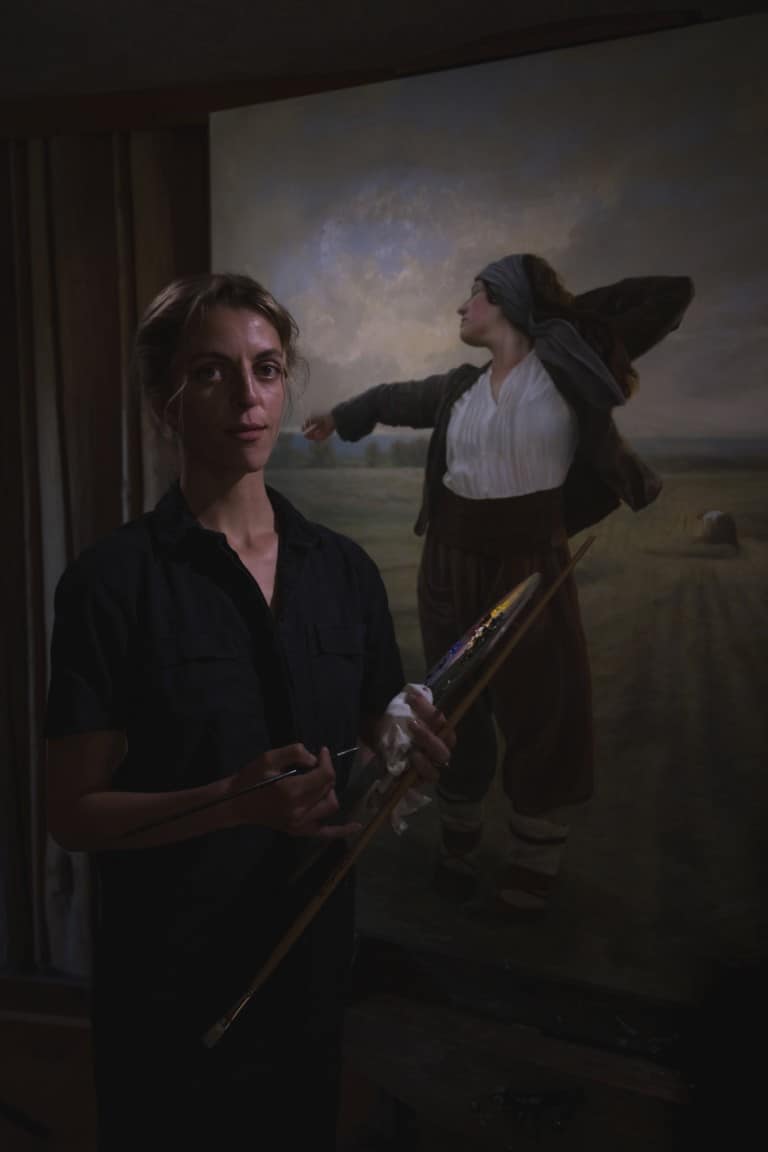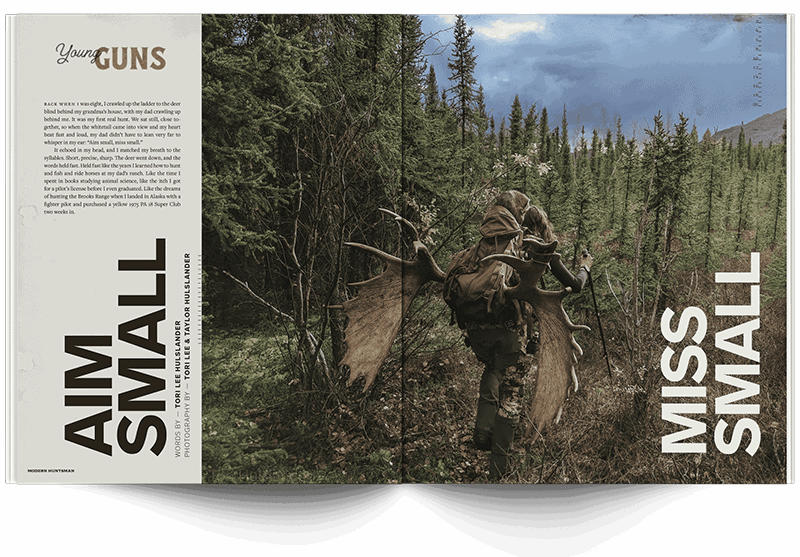Western American Art has long defied categories and stylistic borders. Pioneering artists, shunned by traditional galleries, ripped assorted styles from classical works and artists. Yet these artists deviated from the usual classical subjects of delicate kings and queens or religious dogma; they were deemed rogues in their refusal to depict a natural world tamed by human hands. Many of the earlier artists in this genre applied impressionism, realism and expressionism to rougher motifs deemed unfit for white-gloved parlors and salons: rugged trail-breakers, fearless explorers, weary cowboys, wild game hunters, Native American warriors, contested ancestral lands and the ancient cultures who roamed their expansive landscapes. Western American art, throughout all its pivotal movements, guides the observer from a mere subject to a sense of wild places and wild people far outside of modern society.
Yet Western art continues its struggle to take its rightful place among mainstream audiences and the celebrated gallery walls long held hostage by curators and critics who evade both its artists and their work. For modern Western artist Nicholas Coleman, this culture clash serves as an appealing element that draws in an audience eager to trade modern life and art for wild landscapes. It’s a source of inspiration that leads him to cast Western American art with a wider lens. His work emboldens free-spirited imagination, while his cultural outreach encourages his followers to experience the West for themselves. This desire to push his audience to explore the raw landscapes in their own lives emanates from his core belief that those who cherish Western landscapes will, in turn, come to protect them. Nicholas Coleman is known for his efforts to increase access to America’s wild places, but accessibility to art is a recurring theme in his approach to his clientele as well. “So lately, I’ve thought the exact
